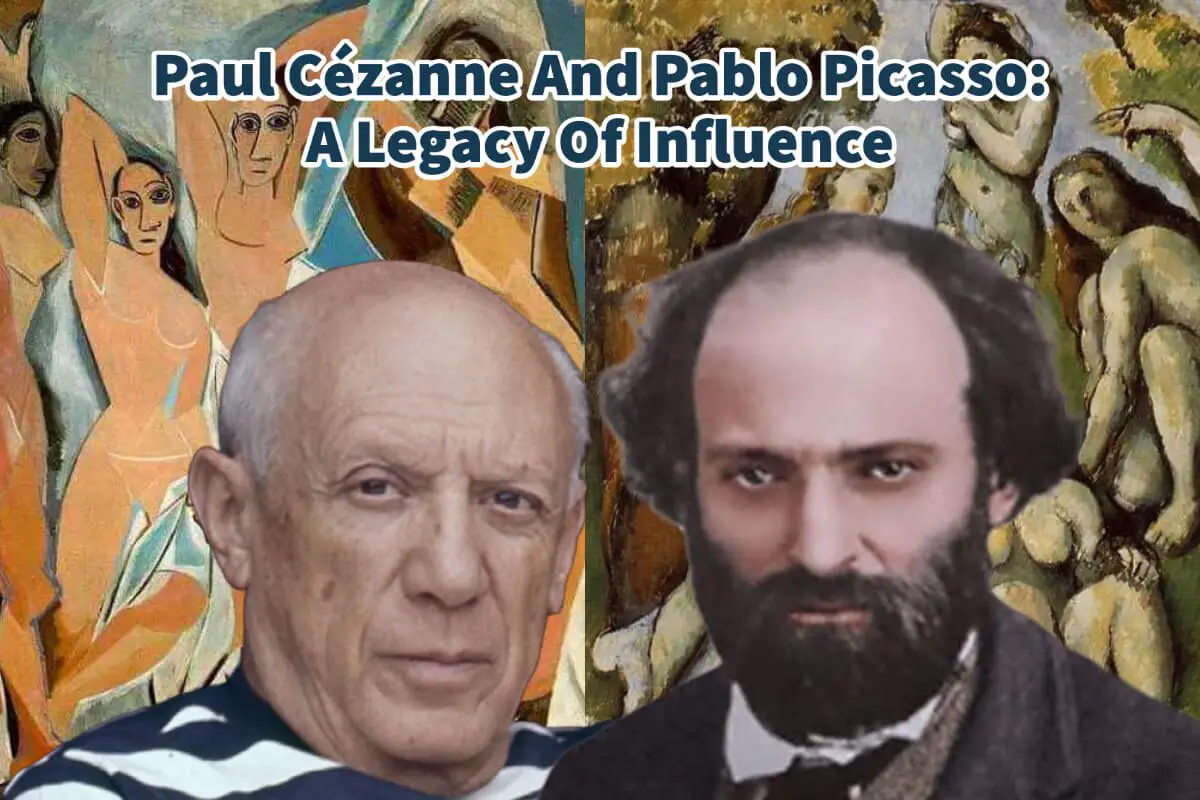Paul Cézanne and Pablo Picasso stand as titans in art, each sculpting the trajectory of modern aesthetics with their groundbreaking works. Many may underestimate the influence that Cezanne had on Picasso.
Many fans might overlook the profound influence Cézanne had on Picasso’s evolution as an artist. Despite the distinct eras and styles they represented, Picasso drew considerable inspiration from Cézanne’s revolutionary approach to form and composition. To fully grasp the depth of this artistic interplay, we will delve into ten pivotal ways Cézanne’s genius left an indelible mark on Picasso’s masterpieces.
Table of Contents
- Paul Cézanne And Pablo Picasso: An Artistic Tapestry Of Inspiration
- 10 Ways Cézanne Influenced Picasso: A Decade Of Influence Explored
- Frequently Asked Questions
- Related Questions
Paul Cézanne And Pablo Picasso: An Artistic Tapestry Of Inspiration
Regarding the vast tapestry of art history, few relationships have been as influential as the artistic link between Paul Cézanne and Pablo Picasso.
While they were not contemporaries in the traditional sense, the imprint of Cézanne’s legacy is deeply woven into Picasso’s works. Picasso, the prodigious Spanish artist, often looked to Cézanne, the French Post-Impressionist master, for inspiration, especially during his formative years and his venture into Cubism.
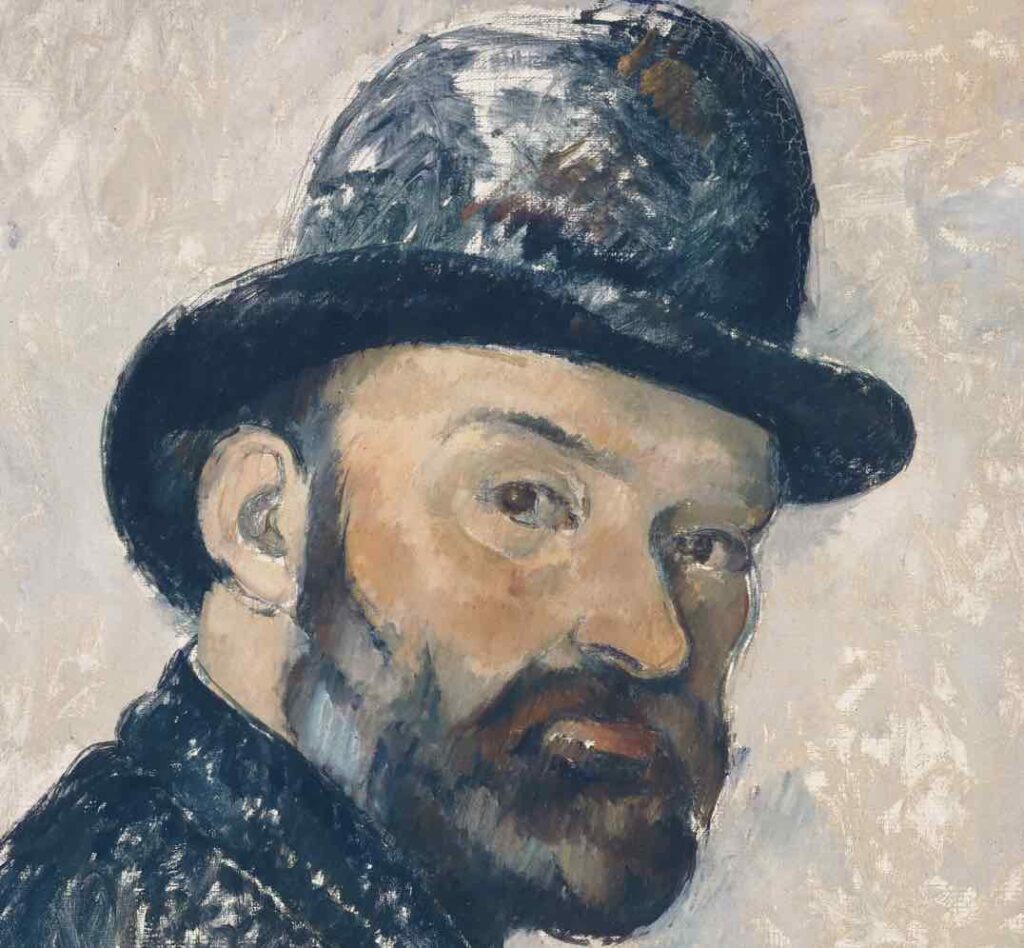
Cézanne’s foundational approach to painting, which revolved around reconstructing nature based on fundamental geometric forms, found a passionate advocate in Picasso. At a time when Picasso was delving deep into his artistic identity, Cézanne’s methodologies offered a beacon.
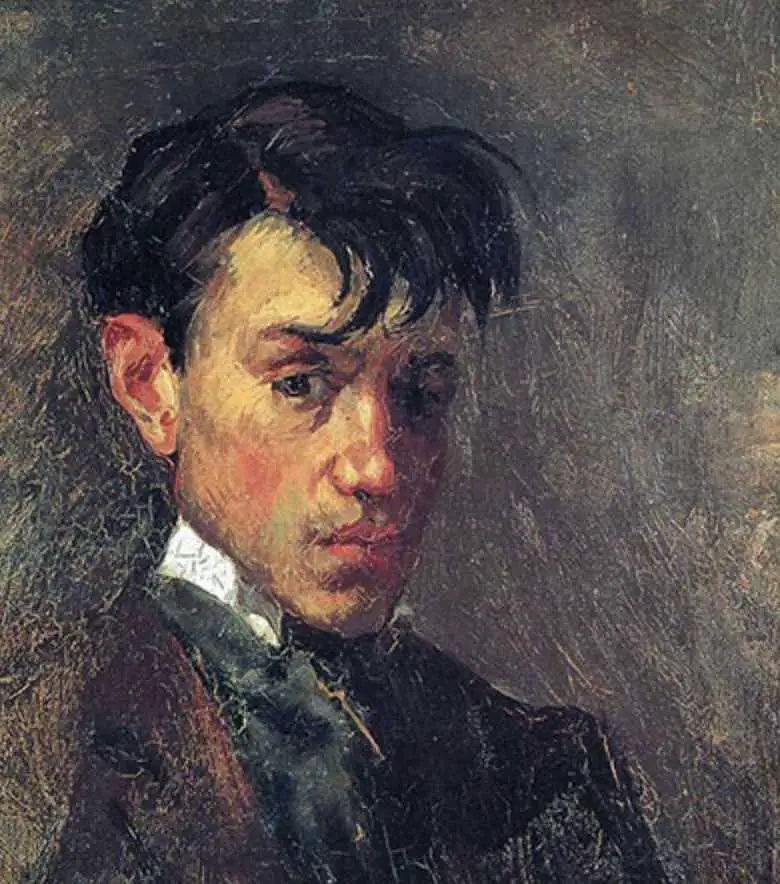
In the essence of Cézanne’s art, Picasso found an exemplar of extracting the quintessential elements from nature to create art that resonates with the artist’s unique vision, resulting in a harmonious canvas beyond mere representation.
10 Ways Cézanne Influenced Picasso: A Decade Of Influence Explored
Paul Cézanne and Pablo Picasso are celebrated in art circles for their brilliance. However, the intricate web of inspiration they share is less commonly discussed. Cézanne’s artistic philosophies and methodologies profoundly shaped Picasso’s oeuvre, providing a foundational blueprint for the younger artist’s experimental endeavors.
As we journey further, we will spotlight ten cardinal ways in which Cézanne’s artistry cast its influential shadow on Picasso’s masterpieces, unveiling an intergenerational dialogue that forever altered the landscape of modern art.
Here, we’ll explore the profound impact of Paul Cézanne on Pablo Picasso by listing out ten significant ways Cézanne influenced the latter.
Reduction To Basic Geometric Forms
Cézanne’s hallmark was separating objects and landscapes into their rudimentary shapes – spheres, cones, and cylinders. Picasso implemented this cue more abstractly, especially in his early Cubist works.
Multifaceted Perspectives
Cézanne often presented multiple viewpoints of a single subject in his compositions. This revolutionary idea became foundational for Picasso’s Cubist phase, where he fragmented objects into myriad perspectives within a single canvas.
Balance Between Representation And Abstraction
While Cézanne’s works leaned towards realism, they carried an abstract undertone. This balance inspired Picasso to experiment with the real and the abstract, eventually creating entirely abstract works.
Structural Rigidity In Composition
Cézanne’s paintings displayed a solid, almost architectural structure. This sense of stability profoundly influenced Picasso, especially in his “Rose” and “African” periods, where forms were delineated with a stark, sculptural quality.
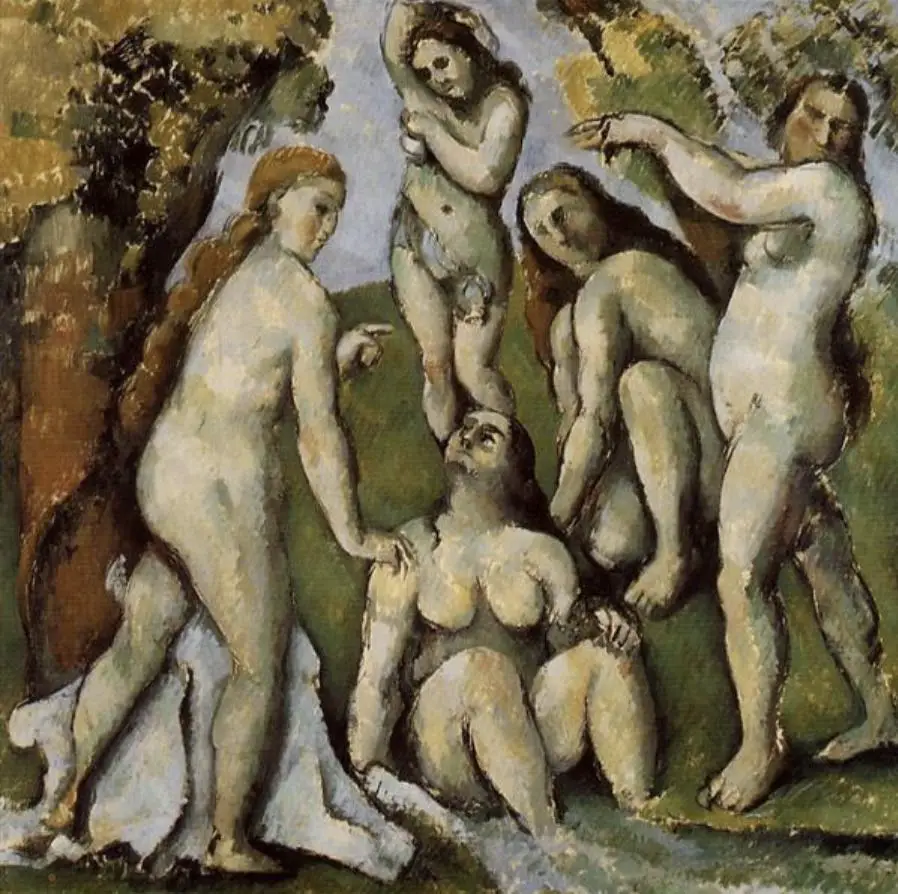
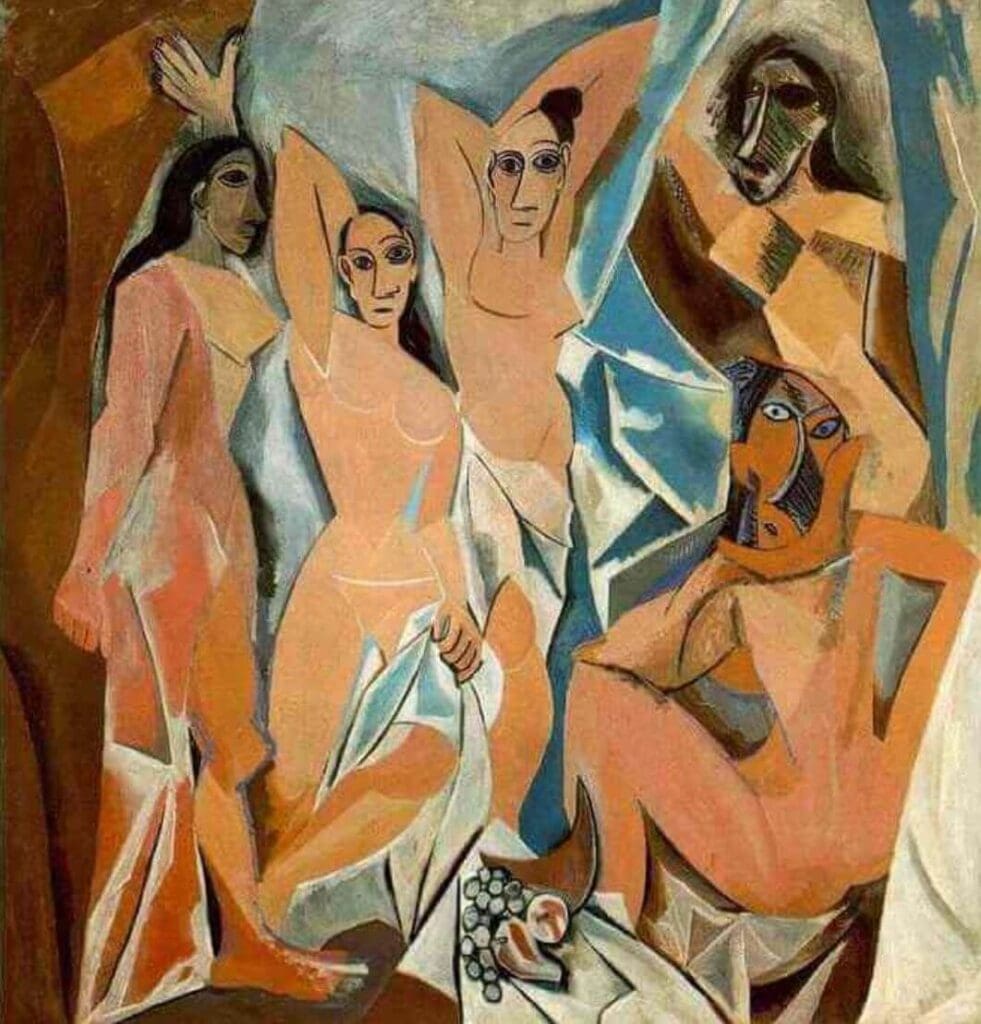
Emotion Through Color
Both artists were adept at evoking emotions using color. Cézanne’s unique color palettes, which shifted from warm to cool tones to convey depth and emotion, were a precursor to Picasso’s vibrant use of color, especially evident in his “Blue” and “Rose” periods.
The Pursuit Of Depth
Cézanne’s obsession with achieving depth on a flat canvas through color modulation and geometric forms catalyzed Picasso’s experiments with spatial depth, notably in his collage works.
The Still Life Reinvention
Cézanne’s still life paintings, such as his series of fruit bowls, went beyond mere representation, infusing emotional depth and structural solidity. Picasso’s still-life compositions, especially during his Cubist phase, can be seen as a nod to Cézanne’s revolutionary approach.
Reverence For The Old Masters
Just as Cézanne had a profound respect for past masters like Poussin, Picasso too revered Cézanne. He often referred to Cézanne as “the father of us all,” underscoring the older artist’s influence on his work.
Continual Evolution
Both artists were never static in their styles. Cézanne’s journey from the dark palette of his early works to the brighter, more structured compositions of his later years showcased a continual evolution—a trait Picasso mirrored as he transitioned through various phases in his artistic career.
Breaking Traditional Norms
Above all, Cézanne’s audacity to challenge and deviate from traditional artistic norms empowered Picasso to push boundaries. This led to the creation of revolutionary art movements like Cubism, forever changing the trajectory of modern art.
The bridge between Paul Cézanne and Pablo Picasso is a testament to the enduring legacy of artistic influence. While each artist was a titan in their own right, the interplay of their philosophies and techniques offers invaluable insights into the evolution of modern art. Picasso’s reverence for Cézanne reminds us of the timeless nature of art and how the past continually informs and shapes the future.
In the grand mosaic of art history, the Cézanne-Picasso dynamic stands out as a pivotal connection, highlighting how artists inspire, challenge, and propel each other toward uncharted territories.
Frequently Asked Questions
How did Paul Cézanne influence Pablo Picasso’s artistic style?
Explore the specific elements of Cézanne’s art that captivated Picasso and contributed to the transformation of his own style.
What were the key artistic principles that Picasso adopted from Cézanne?
Delve into the formal aspects of Cézanne’s work that resonated with Picasso and became integral to the latter’s artistic vocabulary.
In what ways did Cézanne’s revolutionary approach to form impact Picasso’s compositions?
Examine the ways in which Picasso incorporated Cézanne’s innovative treatment of form and structure into his own iconic compositions.
Can you highlight specific paintings where Picasso’s debt to Cézanne is most apparent?
Identify and discuss particular works by Picasso that showcase the clear influence of Cézanne, offering a visual understanding of their artistic dialogue.
How did Cézanne’s influence manifest in Picasso’s Cubist period?
Explore the Cubist movement and analyze how Cézanne’s ideas played a crucial role in shaping Picasso’s groundbreaking Cubist artworks.
Did Picasso ever publicly acknowledge Cézanne’s influence on his art?
Investigate any documented statements or writings by Picasso that acknowledge or discuss the impact of Cézanne on his artistic development.
Were there aspects of Cézanne’s philosophy that resonated with Picasso beyond the canvas?
Explore whether Picasso adopted any philosophical or conceptual aspects from Cézanne’s approach to art that extended beyond the technical aspects of painting.
How did Picasso reinterpret Cézanne’s motifs and subjects in his own work?
Examine how Picasso took inspiration from Cézanne’s choice of motifs and subjects, and how he transformed them within his own artistic context.
Did the influence of Cézanne extend to Picasso’s later periods, or was it confined to a specific timeframe?
Investigate whether Cézanne’s impact on Picasso persisted throughout the latter’s career or if it was more pronounced during certain artistic periods.
What distinguishes Picasso’s adaptation of Cézanne’s influence from mere imitation?
Explore how Picasso assimilated Cézanne’s ideas while maintaining his own artistic identity, distinguishing his work from a mere replication of Cézanne’s style.
Anita Louise Art is dedicated to art education, great artists, and inspiring others to find and create their art. We love art that uplifts and inspires. #ArtToMakeYouSmile! #ArtToMakeYouHappy!
If you want to see any of my art, you can find out more by clicking here. If you are interested in what inspires me and my paintings, you can discover more by clicking here.
We have a free newsletter and would love you to be part of our community; you can subscribe to the newsletter by clicking here. If you have any questions, I would be happy to talk to you anytime. You can reach me, Anita, by clicking here.
Subscribe to our Anita Louise Art YouTube Channel with great videos and information by clicking here.
Join us for our podcast “5 Minutes With Art.” just 5 minutes a week with us to discover and learn about great art and artists. You can find out more about our podcast by clicking here.
Related Questions
Why Do People Say,” Life Is Like Drawing Without An Eraser?
Many times, artists, myself included, will use an eraser to remove any marks or measurements we may have made on a paper to measure out and organize their drawings or artwork on their canvas or paper. For most artists having a good eraser is essential.
By clicking here, you can learn more by reading Why Do People Say,” Life Is Like Drawing Without An Eraser?.
Is Communism Good For The Arts?
Communism is not suitable for art and for many artists under Communism the art should have a purpose and way to help further the communist ideals and ideology. In a Communist society, many artists are labeled as dissidents; others are forced to use their talents to create propaganda art.
By clicking here, you can learn more by reading Is Communism Good For The Arts?.
12 Years Leonardo Painted Mona Lisa’s Lips, Facts Or Fiction?
There is no evidence to show that Leonardo da Vinci spent 12 years painting the Mona Lisa smile. Most scholars believe that he painted the painting in 4 years but then had the painting much longer in his possession. He could have worked on it a bit or adjusted it when he had it in his possession, but there is no evidence to show that.
By clicking here, you can learn more by reading 12 Years Leonardo Painted Mona Lisa’s Lips, Facts Or Fiction?.

